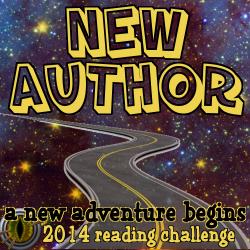Source: Purchased
Paperback, 120 pgs.
I am an Amazon Affiliate
Poe: Stories and Poems by Edgar Allan Poe, adapted by Gareth Hinds into a graphic novel, is gorgeous from the cover to the very last page. Hinds has a firm grasp of Poe’s macabre style and his illustrations are complementary to Poe’s prose and poems. In many ways, Hinds’ dark imagery enhances Poe’s words for the modern audience. I loved that there were several poems included and not just Poe’s stories. While Gothic horror is often thought of in prose form, many of Poe’s poems are just as haunting and macabre.
Hinds also includes a checklist of Poe’s favorite themes and corresponding images — from death depicted as a skull to insanity depicted as a straitjacket – -that he uses as a key for each story and poem. Hinds also offers some insight into his selections for the collection, which is by no means comprehensive. I loved that he included my favorite story — The Masque of the Red Death — which he says is the least well-known. I’ve always felt that in some ways, Andrew Lloyd Webber’s Mask of the Red Death scene in The Phantom of the Opera was in some ways inspired by this story.
Poe: Stories and Poems by Edgar Allan Poe, adapted by Gareth Hinds into a graphic novel, is a welcome and permanent addition to my personal library. I’ve loved Poe for most of my life, and this volume breathes life and vibrancy into these classics. I cannot recommend this enough, and I’m looking forward to getting more of his graphic adaptations.
RATING: Cinquain
About the Illustrator:
Gareth Hinds is the author and illustrator of critically-acclaimed graphic novels and picture books based on classic literature and mythology. Through his work he shares his love of literature with readers young and old. His recent adaptation of The Odyssey received four starred reviews, and he is the recipient of the Boston Public Library’s “Literary Lights for Children” award. He lives in the Washington, DC area with his wife. When he’s not working on a book he enjoys painting landscapes and practicing aikido.
















